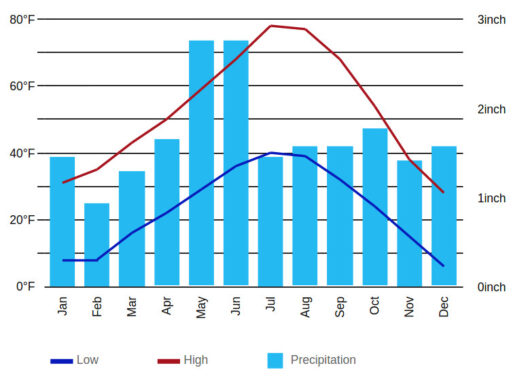Acid rain is often relegated to the periphery of environmental discussions. However, it plays a significant role in exacerbating global warming, creating a lesser-known connection that warrants exploration. What if I told you that the impacts of acid rain extend beyond its immediate damage to flora and fauna, reaching into the very mechanisms driving climate change? This intricate relationship poses a challenge: how do we address these interconnected issues effectively?
To understand how acid rain contributes to global warming, we must first unpack the phenomenon of acid rain itself. Formed primarily from sulfur dioxide (SO2) and nitrogen oxides (NOx) released into the atmosphere from fossil fuel combustion, acid rain manifests when these pollutants combine with atmospheric moisture, resulting in precipitation that is significantly more acidic than normal rainfall. The pH level of acid rain can drop below 5.6, creating a corrosive medium that adversely affects ecosystems. But, beyond its destructive qualities, acid rain exhibits far-reaching implications for our planet’s climate.
One of the most insidious ways acid rain contributes to global warming is through the chemical reactions it induces in the environment. Soil, for example, is often a battleground for these chemical transformations. Acid rain can leach vital nutrients, such as calcium and magnesium, from the soil. This nutrient depletion can lead to less robust vegetation, reducing the carbon sequestration capacity of forests and plants. Plants act as carbon sinks, absorbing carbon dioxide during photosynthesis. When their health is compromised, their ability to mitigate greenhouse gases diminishes, ultimately contributing to the warming trend.
Moreover, the implications of acid rain extend to aquatic ecosystems. Streams, rivers, and lakes that receive acidified runoff often experience declines in biodiversity. Fish populations, particularly sensitive species like salmon, suffer from the increased acidity and altered water chemistry. These changes hinder their ability to thrive, leading to decreased fish biomass and, consequently, reduced carbon sequestration, as aquatic plants and phytoplankton also play essential roles in capturing carbon dioxide. Can you imagine a world where our freshwater sources suffer twice over, first from acidification and then from their diminished capacity to absorb carbon?
Furthermore, acid rain has a detrimental effect on infrastructure that is foundational for any society. Buildings, bridges, and historical monuments crafted from limestone and marble are particularly vulnerable to the erosive forces of acid rain. This decay leads to increased resource expenditure for maintenance and reconstruction, diverting funds and materials that could otherwise be used for sustainability initiatives. The practices of destroying old structures and constructing new ones contribute not just to local emissions but also to the embodied energy required to build anew, compounding our carbon footprints.
The agricultural sector similarly faces challenges as acid rain alters soil pH levels. Crops that thrive in varying soil conditions may suffer, leading to reduced yields. This directly impacts food security, especially in regions where agriculture is the backbone of the economy. As populations grow, the demand for food increases. Farmers may inadvertently exacerbate the situation by applying more fertilizers, which can further intensify the cycle of soil degradation and acidification.
Addressing the connection between acid rain and global warming requires a multifaceted approach. Firstly, we must tighten regulations surrounding the emissions of sulfur dioxide and nitrogen oxides. Transitioning to cleaner energy sources and investing in renewable technologies is paramount. By embracing wind, solar, and hydroelectric power, we can significantly reduce our reliance on fossil fuels, thereby curbing acid rain formation at its source.
In addition to regulatory measures, public awareness and education campaigns can foster a culture of environmental stewardship. By understanding the repercussions of acid rain, individuals can make informed decisions regarding energy consumption, waste management, and support for sustainable practices in their communities. Encouraging local actions that contribute to global goals could stem the flow of acid rain and its associated impacts.
Moreover, restoration projects aimed at rehabilitating affected ecosystems should be prioritized. Replanting trees in acid-damaged areas can help restore the balance of our natural habitats. Investing in soil health initiatives can also enhance soil resilience, empowering it to withstand the onslaught of acid rain while simultaneously improving its carbon sequestering capabilities.
Ultimately, the relationship between acid rain and global warming highlights the interconnectedness of environmental challenges. Each aspect of our ecosystem stealthily interlinks with others, weaving an intricate web of cause and effect. Addressing acid rain effectively means acknowledging its potential as an amplifier of our broader climate crisis.
As we look to the future, we must dare to ask ourselves: are we willing to take these interconnected issues seriously? The challenge lies not just in mitigating acid rain but in recognizing it as a facet of the larger climate puzzle. By prioritizing integrated solutions, we can combat the very factors that contribute to global warming, thereby fostering a healthier planet for generations to come.






